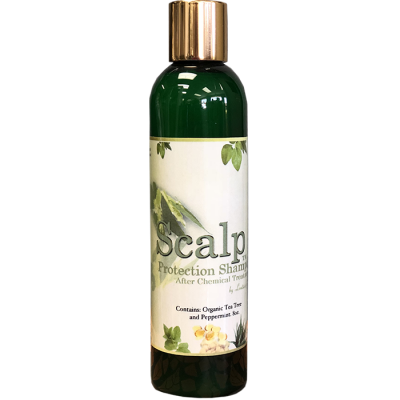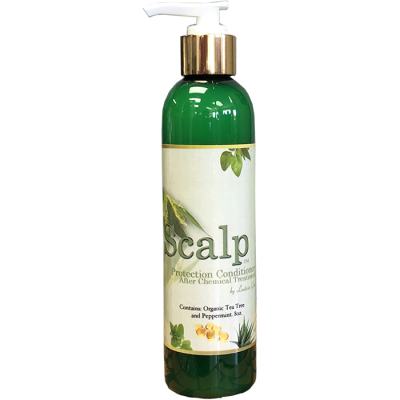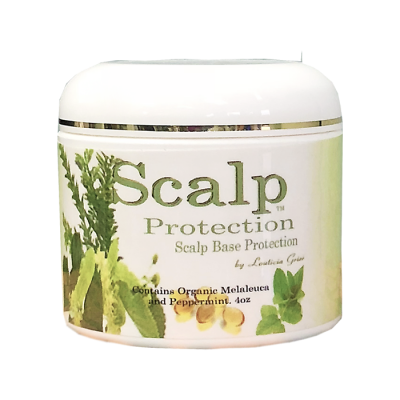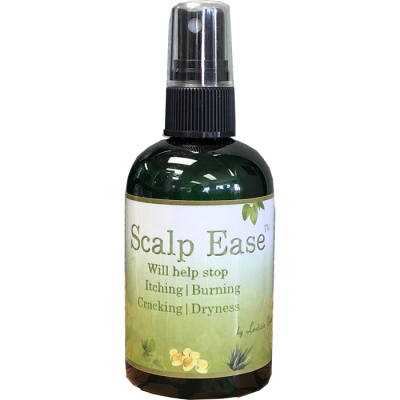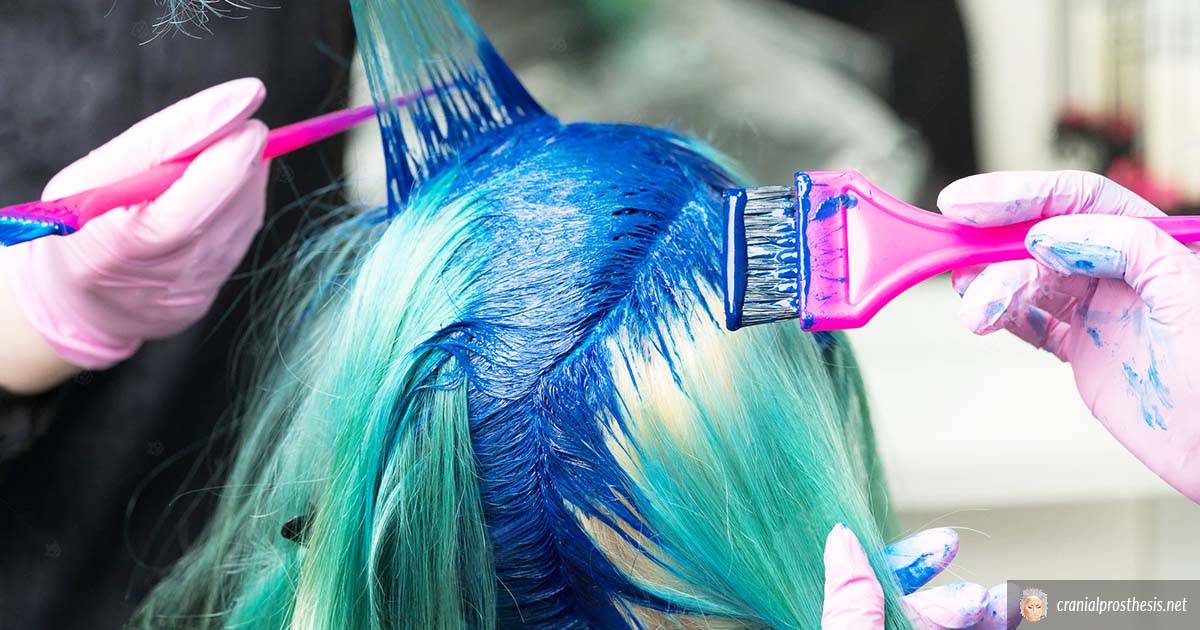
Whether dying your hair at home or done by a professional, it’s critical that you protect your scalp before color treatment. Hair dyes contain additives like formaldehyde, ammonia, parabens, and even peroxide. These ingredients can damage your scalp and hair if treatment procedure is not done properly. Not only that, but these chemicals are also easily absorbed into your skin.
Does your scalp get a burning, prickly sensation during a color treatment? It could mean that you have a sensitive scalp or allergy to the ingredients. Or worse, nothing was put on to protect your scalp before the color treatment was applied.
Continue reading for how to protect your scalp before hair color treatment. You will thank us if you read this before going to your next hair color appointment.
Hair Dye Sensitivities
Contact dermatitis is a type of eczema triggered by contact with a particular substance. In this case, hair color can cause this skin reaction. The skin can become scaly, red, dry, or inflamed.
Many permanent and some semi-permanent hair dyes contain a chemical called paraphenylenediamine (PPD), which is a known irritant and allergen. Did you know that darker colored hair dyes contain a higher level of PPD? For this reason, PPD is the cause of most reactions to hair dye.
Protect Your Scalp Before Getting A Hair Color Treatment
Below are some of the things you can do to avoid a bad reaction to hair dye:
1. Use Scalp Protection Products
Louticia Grier’s Scalp Protection product line is designed to protect your scalp before and after color treatment. Scalp Base Protection is applied before the color treatment. Use Scalp Ease to reduce inflammation. The Scalp Protection Shampoo is pH balanced, washes away chemical residue and leaves hair and scalp squeaky clean. You’ll also want to use the Scalp Protection Conditioner to strength your hair and seal in moisture. This is particularly important after a color treatment.
2. Patch Test
Whether permanent or semi-permanent hair dye, a patch test should always be administered. In general, this involves dabbing a small amount of dye solution behind your ear. Or on your inner elbow and leaving it to dry. If you develop any irritation or feel unwell after the patch, you should not get the color treatment.
You may also enjoy reading: Self Care During Chemo

